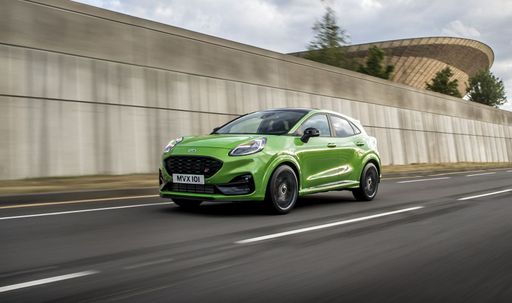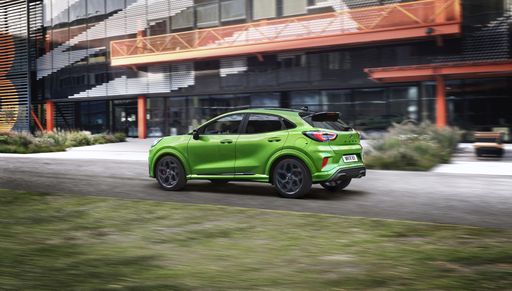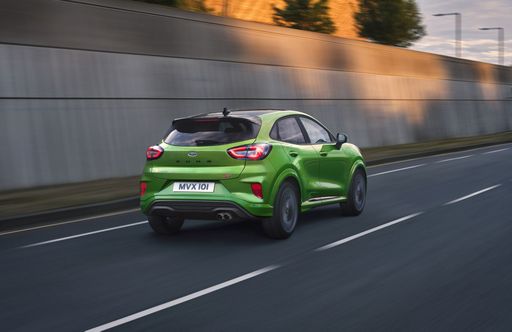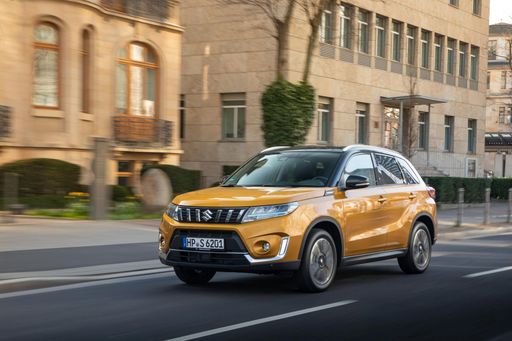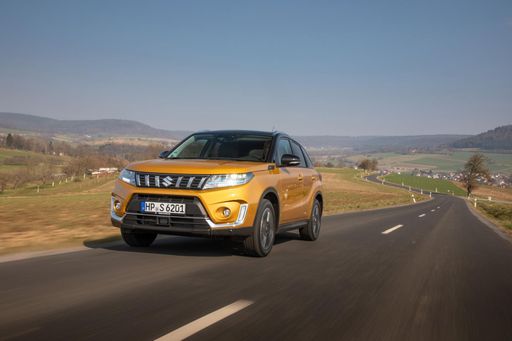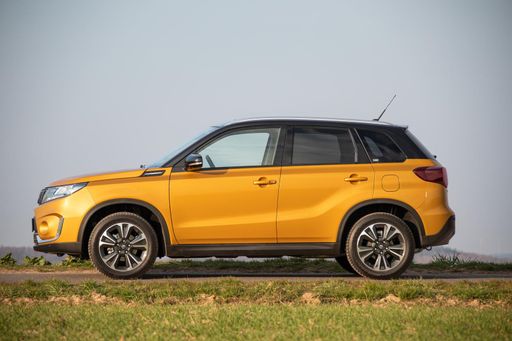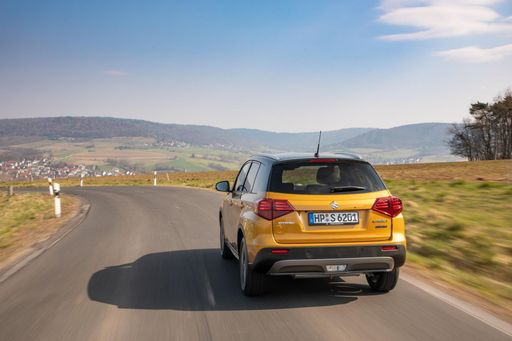Engine and Performance:
Under the bonnet, it becomes clear which model is tuned for sportiness and which one takes the lead when you hit the accelerator.
When it comes to engine power, the Ford Puma has a clearly perceptible edge – offering 168 HP compared to 129 HP. That’s roughly 39 HP more horsepower.
In acceleration from 0 to 100 km/h, the Ford Puma is noticeable quicker – completing the sprint in 7.40 s, while the Suzuki Vitara takes 9.50 s. That’s about 2.10 s faster.
In terms of top speed, the Ford Puma performs minimal better – reaching 210 km/h, while the Suzuki Vitara tops out at 190 km/h. The difference is around 20 km/h.
There’s also a difference in torque: Ford Puma pulls somewhat stronger with 290 Nm compared to 235 Nm. That’s about 55 Nm difference.

